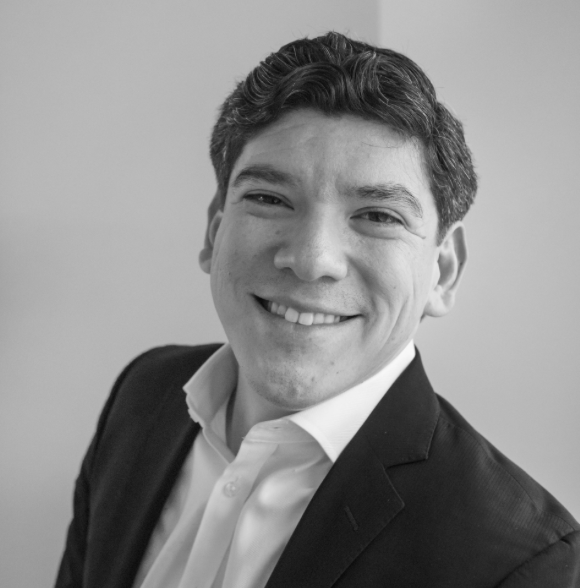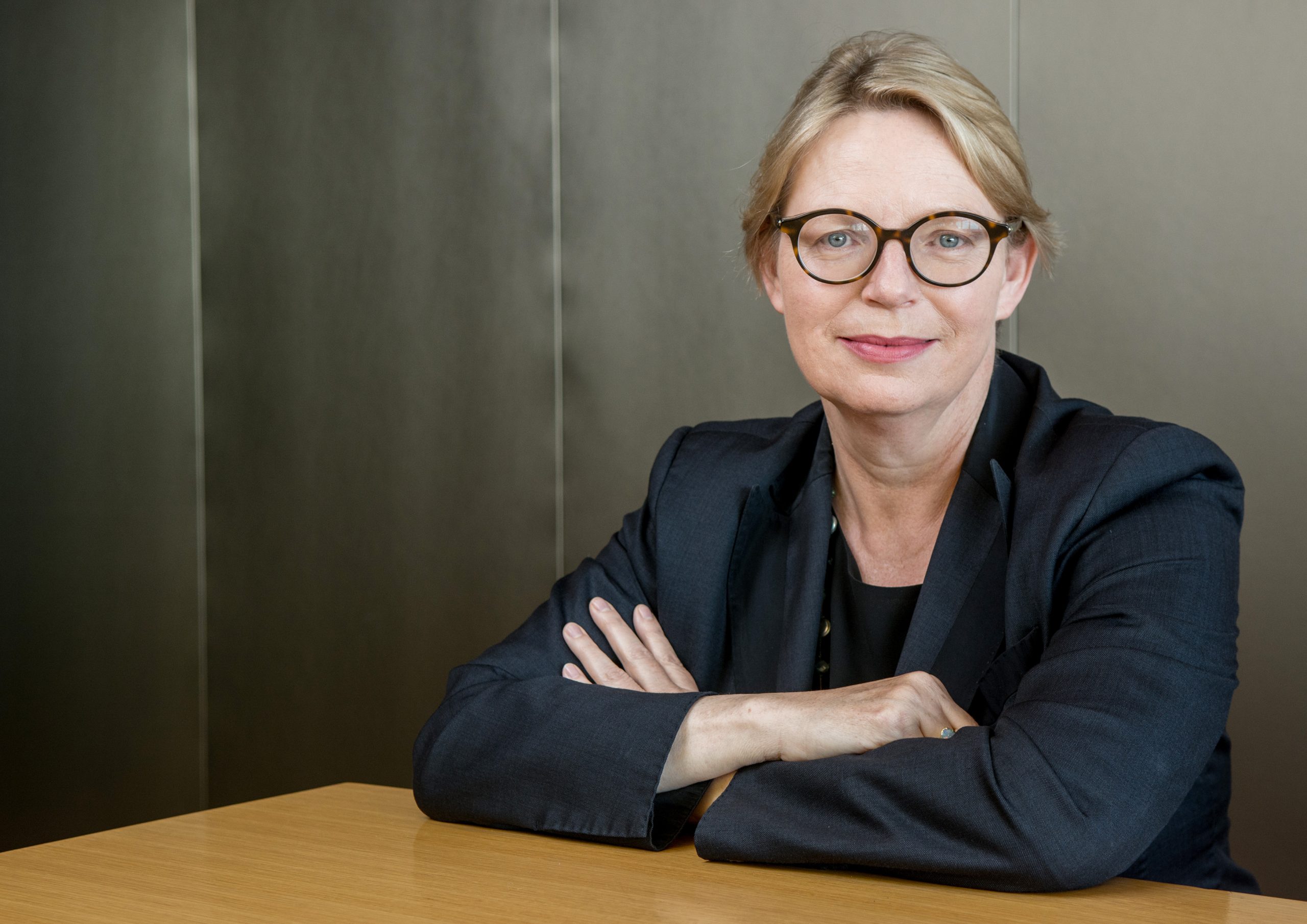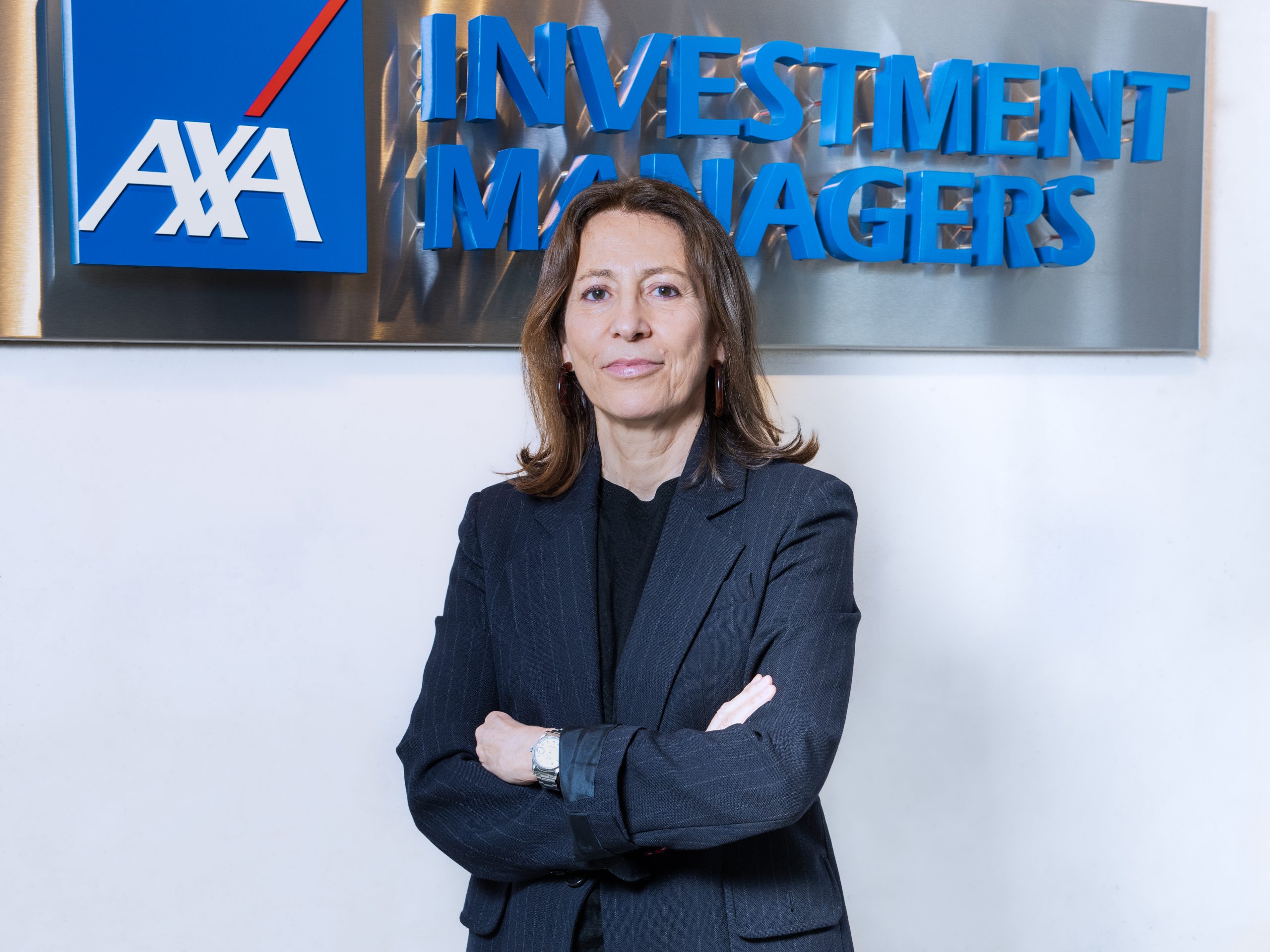Shifting into a higher gear. This is precisely what the European Union has just done as it steers towards a more sustainable economy. Its new climate blueprint – which EU lawmakers and national governments have agreed in principle to make legally binding – proposes cutting greenhouse gas emissions by 55 per cent compared with 1990 levels by the end of the decade.
That is significantly more ambitious than the EU’s previous target of 40 per cent, and means the region could become climate neutral by 2050.
It’s not difficult to see why the EU should want to pursue a green recovery with such determination.
Executed well, the plan, to be adopted in May 2021 and apply from 2022, offers the tantalising prospect of restoring both the environment and the economy back to full health.
The funds being set aside certainly point in that direction. The package will translate into approximately EUR7 trillion of new green investments by 2050. Crucial for the region’s economic prospects, a large proportion of that money will be channelled to the environmental industry (see Fig. 1) – a fast-growing sector that is making an ever larger contribution to GDP.
The industry’s gross value add (GVA) – a measure of its contribution to national output – rose to EUR286 billion in 2015, up 63 per cent from 2003. Within the sector are some especially vibrant industries such as resource management, which includes renewable energy and energy efficiency and has grown 150 per cent over that time (1).

More broadly, Europe’s environmental goods and services industry can now claim to rival that of the US.
It already employs 4 million full-time equivalent workers, up 38 per cent from 2003, and has contributed more than 2 per cent to the region’s GDP in 2015 (1).
EVs: the green light
Under the European Commission’s new set of criteria for green investments, producers of rechargeable batteries, energy efficiency equipment, non-polluting cars, wind and solar power plants will be able to win a formal green label. That could prove transformative for Europe’s transport, energy and real estate sectors.
Take autos, if European governments are to achieve their growth and pollution targets, electric vehicles (EV) will have to evolve into a strategic industry.
Here, the approach is one of carrot and stick.
France has a EUR8 billion programme to boost its EV industry with a goal of producing more than 1 million electric and hybrid cars every year over the next five years. The plan also includes a financial incentive that would reduce the cost of buying an EV by up to 40 per cent.
Germany also stepped up its support for zero-emission transport, doubling subsidies to as high as EUR9 billion, following a prior increase in November 2019 (2).
These incentives have already had a clear impact on EV take-up. German EV sales, for example, rose to account for 13 per cent of total car sales in August 2020, compared with just 2.5 per cent in the same month in 2019.
Regulators are also playing their part. Europe, the second biggest EV market after China, now has tough new emissions standards. Every car manufacturer must cap emissions for its entire fleet to 95g of CO2/km on average by end-2020 – some 20 per cent below the average emission level in 2018. This cap will drop to 81g by 2025 and to 59g by 2030.
Those who fail to meet the standards will pay a heavy price: the fine is EUR95 for every g/km of excess emissions per vehicle. Car manufacturers that fail to improve their CO2 emissions compared with 2019 levels face possible fines of several billions of euros every year.
All of this will help further boost e-mobility’s growth (see Fig. 2).

Build back better
Construction will also be at heart of the European recovery plan – not least because 70 per cent of all buildings in the region are over 20 years old.
The European Green Deal reserves some EUR370 billion – or EUR53 billion a year – for renovation to boost energy efficiency and decarbonise existing buildings. That would represent a big boost to the European renovation industry, which was worth EUR819 billion in 2019 (3).
Europe is also proposing to commit EUR100 billion in research and development (R&D) spending in digital and environmental sectors. The seven-year programme, launching in 2021, aims to boost productivity and growth and maintain competitiveness in sectors consistent with the Green Deal’s objectives. The Commission estimates each euro invested in R&D would have a leverage effect of EUR11.
When it comes to sustainability, Europe has just raised the bar. Its ambitious green spending commitments and stricter regulations not only give an environmental template for other countries to follow, they also offer the prospect of stronger economic growth and open up new investment opportunities.
Pictet AM’s Clean Energy strategy: investing in the energy transition
Europe’s 2050 climate target is set to disrupt and transform a number of industries, each representing rich and diverse investment opportunities which are underappreciated by the wider market.
- E-mobility: Some 80 per cent of today’s transport energy needs to be converted to electricity to meet the emissions target. BNEF expects 57 per cent of all passenger vehicle sales will be electric globally by 2040, compared with only 3 per cent in 2019. This will likely boost investments into not only EV manufacturers but, more significantly, supporting technologies such as batteries and power semiconductors, as well as smarter grid networks and charging infrastructure.
- Renewables: Under the European plan, the share of renewables in power generation must rise to 85 per cent by 2050 from today’s 20 per cent, with the bulk of that covered by wind and solar. The way we generate power is transforming as an increasing number of European power utilities ramp up their production of renewable energy with aggressive expansion plans. Underlining this trend, while total EU energy generation declined almost 10 per cent in July from the year before, renewable energy generation rose over 8 per cent.
- Green buildings: All new European buildings must be “nearly net zero energy” starting 2021. We also expect a significant increase in demand for “retrofitting” existing buildings. This should support companies producing high-performance building materials and insulation, heat pumps and LED lighting as well as smart Heating, Ventilation and Air Conditioning (HVAC) and building energy management systems and other energy efficiency technologies and equipment.
Written by Steve Freedman, Sustainability and Research Manager in the Thematic Equities team at Pictet Asset Management.
Discover more about Pictet Asset Management’s long expertise in thematic investing.
Notes:
(1) Based on 2010 prices. Source: European Environment Agency (EEA)
(2) https://insideevs.com/news/443518/germany-plugin-car-sales-august-2020/ and https://cleantechnica.com/2020/09/04/germany-in-august-electric-vehicles-crushing-it-at-record-13-2-market-share
(3) Euroconstruct
Information, opinions and estimates contained in this document reflect a judgment at the original date of publication and are subject to risks and uncertainties that could cause actual results to differ materially from those presented herein.
Important notes
This material is for distribution to professional investors only. However it is not intended for distribution to any person or entity who is a citizen or resident of any locality, state, country or other jurisdiction where such distribution, publication, or use would be contrary to law or regulation. Information used in the preparation of this document is based upon sources believed to be reliable, but no representation or warranty is given as to the accuracy or completeness of those sources. Any opinion, estimate or forecast may be changed at any time without prior warning. Investors should read the prospectus or offering memorandum before investing in any Pictet managed funds. Tax treatment depends on the individual circumstances of each investor and may be subject to change in the future. Past performance is not a guide to future performance. The value of investments and the income from them can fall as well as rise and is not guaranteed. You may not get back the amount originally invested.
This document has been issued in Switzerland by Pictet Asset Management SA and in the rest of the world by Pictet Asset Management Limited, which is authorised and regulated by the Financial Conduct Authority, and may not be reproduced or distributed, either in part or in full, without their prior authorisation.
For US investors, Shares sold in the United States or to US Persons will only be sold in private placements to accredited investors pursuant to exemptions from SEC registration under the Section 4(2) and Regulation D private placement exemptions under the 1933 Act and qualified clients as defined under the 1940 Act. The Shares of the Pictet funds have not been registered under the 1933 Act and may not, except in transactions which do not violate United States securities laws, be directly or indirectly offered or sold in the United States or to any US Person. The Management Fund Companies of the Pictet Group will not be registered under the 1940 Act.
Pictet Asset Management Inc. (Pictet AM Inc) is responsible for effecting solicitation in North America to promote the portfolio management services of Pictet Asset Management Limited (Pictet AM Ltd) and Pictet Asset Management SA (Pictet AM SA).
In Canada Pictet AM Inc is registered as Portfolio Managerr authorized to conduct marketing activities on behalf of Pictet AM Ltd and Pictet AM SA. In the USA, Pictet AM Inc. is registered as an SEC Investment Adviser and its activities are conducted in full compliance with the SEC rules applicable to the marketing of affiliate entities as prescribed in the Adviser Act of 1940 ref. 17CFR275.206(4)-3.
















